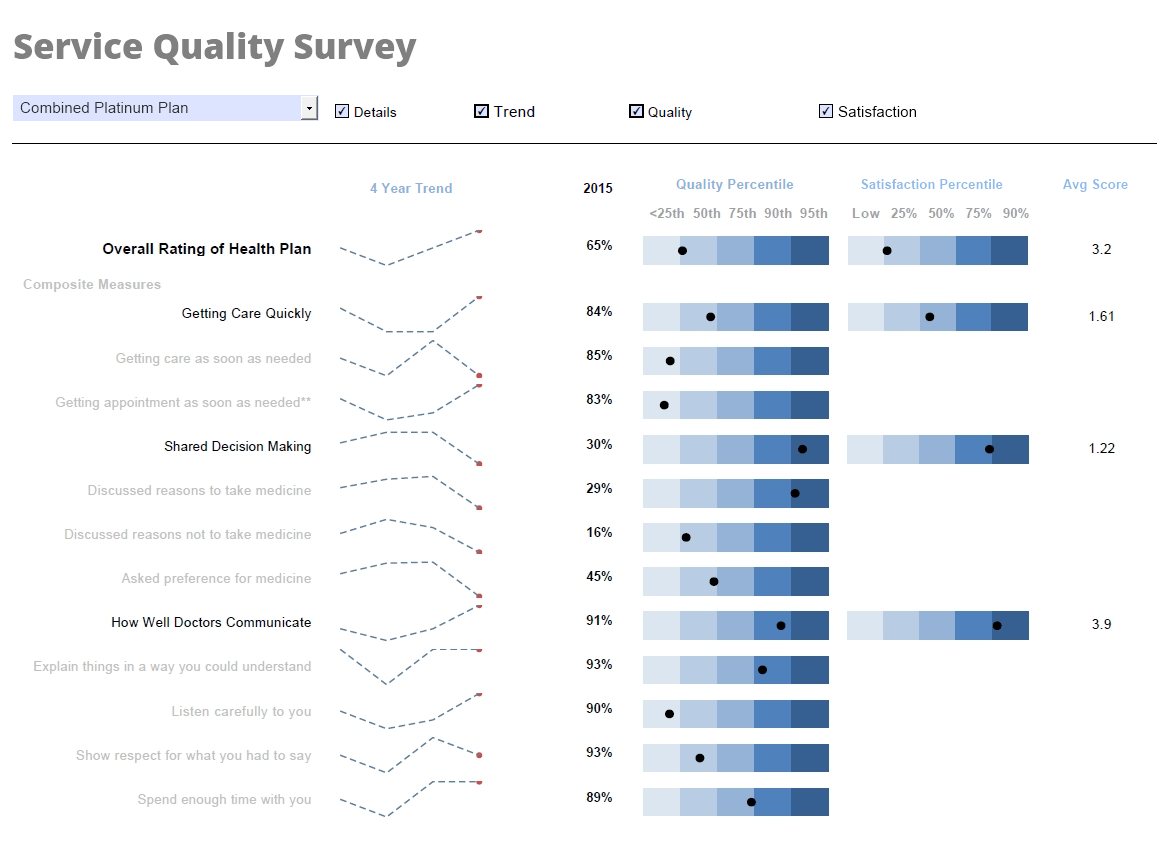The Speed of Data Integration with a Data Mashup Platform
This is the continuation of the transcript of a Webinar hosted by InetSoft on the topic of "Agile BI: How Data Virtualization and Data Mashup Help." The speaker is Mark Flaherty, CMO at InetSoft.
How much faster is it to integrate new data sources? Generally speaking you’ll find a data mashup platform is 4 to 5 times faster than a traditional waterfall approach using ETL and a data warehouse or data mart. That said, data warehouses and ETL still serve useful functions in many environments, and hybrid models are common in the field.
One reason for the speed advantage is that modern data virtualization and mashup platforms integrate multiple data services without requiring full propagation. They support hybrid models and can handle unstructured Web and semi-structured data more effectively than older EII or federation tools.
People are also a factor — users are more comfortable with virtualization today and understand its tradeoffs. This combination of improved technology, broader use-cases, and user acceptance is driving strong momentum for data virtualization and mashup platforms.
Data Mashup and Virtualization for Agility and Cost Control
Advanced virtualization platforms provide additional capabilities such as Web automation to interact with SaaS applications or public web services that lack APIs. They also enable semantic processing of unstructured content to build normalized, queryable views across diverse sources.
Data mashup is especially useful for rapid prototyping: it lets you assemble useful, presentable data for business users quickly and then iterate as the underlying data layers are hardened in later development cycles.
Given the need for agility, cost control, and handling of big and real-time data, data mashup and virtualization are becoming essential tools in modern BI architectures.
Additional Capabilities of Virtualization Platforms
The advanced data virtualization platforms also provide additional capabilities, including Web automation, semantic indexing of unstructured content, and bidirectional integrations that go beyond simple screen scraping.
Modern data mashup platforms also emphasize security and governance, ensuring that data access is controlled and auditable. Role-based permissions and data masking features help organizations comply with regulatory requirements while still enabling flexible data integration and analysis.
Scalability is another key advantage. These platforms are designed to handle growing volumes of data from disparate sources, supporting both on-premises and cloud environments. Their architecture allows for seamless expansion as business needs evolve, without requiring major infrastructure changes.
Finally, intuitive user interfaces and self-service capabilities empower business users to create their own mashups and reports. This reduces reliance on IT teams, accelerates decision-making, and fosters a data-driven culture throughout the organization.


